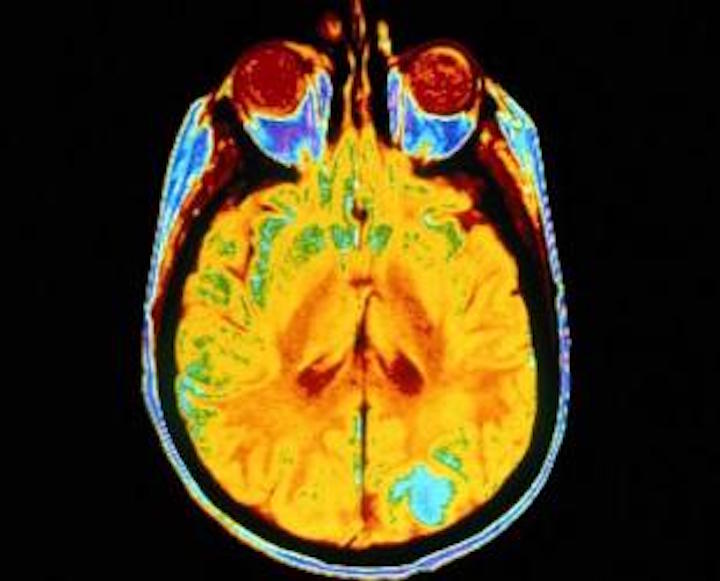Emily Rogalski and Northwestern colleagues have developed a novel imaging technique to view amyloid protein build-up in primary progressive aphasia.
Previously, amyloid accumulation in the brain could only be studied after death — and after it had spread throughout the entire brain with Alzheimer’s progression. Amyloid PET Imaging allows researchers to study the build-up during life.
The new study shows that in PPA, the toxic build-up of amyloid protein is greater on the left side of the brain — offering insight into why this type of dementia affects one’s ability to communicate, and how it differs from Alzheimer’s disease.
The goal is to be able diagnose Alzheimer’s disease and other dementias during life, to guide treatment and identify regions to target for drug trials.
Wearable Tech + Digital Health San Francisco – April 5, 2016 @ the Mission Bay Conference Center
NeuroTech San Francisco – April 6, 2016 @ the Mission Bay Conference Center
Wearable Tech + Digital Health NYC – June 7, 2016 @ the New York Academy of Sciences
NeuroTech NYC – June 8, 2016 @ the New York Academy of Sciences
